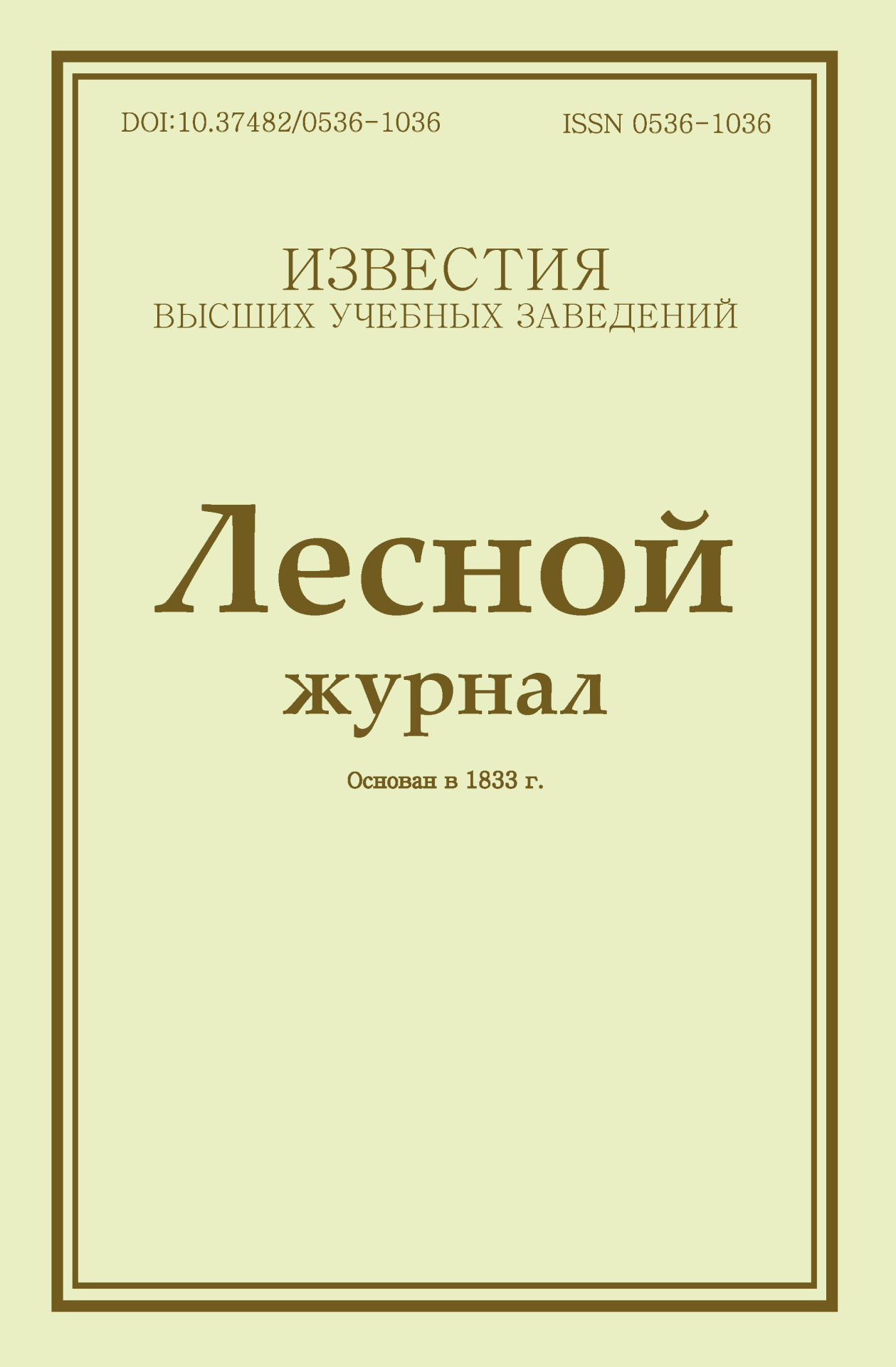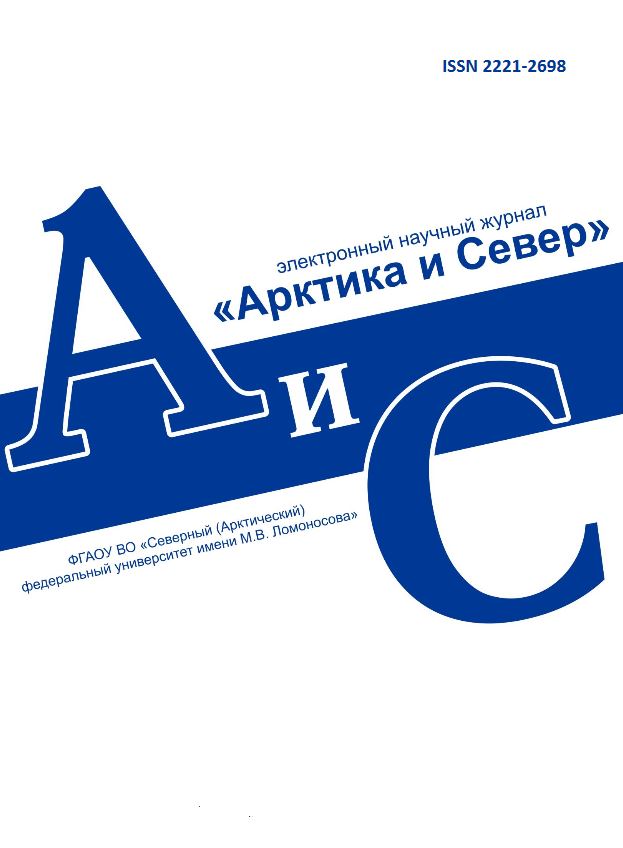
 

Legal and postal addresses of the founder and publisher: Northern (Arctic) Federal University named after M.V. Lomonosov, Naberezhnaya Severnoy Dviny, 17, Arkhangelsk, 163002, Russian Federation
Editorial office address: Journal of Medical and Biological Research, 56 ul. Uritskogo, Arkhangelsk
Phone: (8182) 21-61-00, ext.18-20
E-mail: vestnik_med@narfu.ru
https://vestnikmed.ru/en/
|
Functional Reserves of Motor System Adaptation in Athletes from the Standpoint of the Physiological and Biomechanical Approach. C. 191-200
|
 |
Section: Biological sciences
Download
(pdf, 0.4MB )
UDC
[612.7+612.8]:[796.4+796.8+796.9]
DOI
10.37482/2687-1491-Z190
Abstract
Human adaptation to physical activity is manifested through mobilization of functional reserves. The purpose of this study was to provide a scientific and experimental substantiation of the adaptation of functional reserves of the motor system in athletes to specific sports activities from the standpoint of the physiological and biomechanical approach. Materials and methods. The study involved 704 elite athletes doing various sports. Reaction time was determined using the hardware and software package “Sports Psychophysiologist”. Stabilometric parameters were analysed using stabilometric platforms with the Smart BTS Motion System (BTS Bioengineering, Italy); the static analysis test protocol was applied. Electromyographic and biomechanical (kinematic and dynamic) movement control was performed using the Smart BTS Motion System as well. Functional reserves of the motor system were studied in line with the existing ideas about the components of the human body’s physiological reserves activated when doing sports. The following were evaluated: sensory systems (sensorimotor reactions, vestibular stability), movement control (stabilography, kinematics, dynamics), regulation of homeostasis, and implementation of activity (neuromuscular system). Results. We found that both single (in respect of urgent adaptation: an increase in voltage, optimization of kinematics and dynamics during a weightlifting snatch) and systematic (as regards long-term adaptation: improvement in reaction time and vestibular stability in athletes of various sports) training sessions involving maximum strength, power and speed contribute to the activation of the relevant sensory systems, central nervous system and muscular system, which form the basis of the motor system and increase its functionality as a whole.
Keywords
motor system adaptation, functional reserves, physiological reserves, athletes, sensorimotor reactions, vestibular stability, biomechanics, electroneuromyography
References
- Kurzanov A.N., Zabolotskikh N.V., Kovalev D.V. Funktsional’nye rezervy organizma [Body’s Functional Reserves]. Moscow, 2016. 95 p.
- Bobrovnitskiy I.P. Metodologicheskie aspekty razrabotki i vnedreniya novykh tekhnologiy otsenki i korrektsii funktsional’nykh rezervov v sfere vosstanovitel’noy meditsiny [Methodological Aspects of the Development and Implementation of New Technologies for Assessing and Correcting Functional Reserves in the Field of Rehabilitation Medicine]. Kurortnye vedomosti, 2007, no. 3, pp. 8–10.
- Baevskij R.M., Baranov V.M., Bersenev E.Ju., Funtova I.I., Semenov Ju.N., Grigor’ev A.I., Prilutskij D.A. Method for Predicting Functional Reserves in Regulating Human Cardiorespiratory System. Patent RU2240035C2, 2004. Available at: https://yandex.ru/patents/doc/RU2240035C2_20041120 (accessed: 26 March 2024) (in Russ.).
- Abutalimova S.M., Kushnareva Yu.V., Abramtsova A.V., Popov A.N. Features of the Functional State of the Vegetative Muscular Activity Support Systems in Elite Athletes of Various Sports in the Middle Altitude. Russ. J. Sports Sci. Med. Physiol. Train., 2022, vol. 1, no. 2 (in Russ.). https://doi.org/10.51871/2782-6570_2022_01_02_3
- Yoshioka M., Tagawa K., Tochigi Y., Sato T., Park J., Momma R., Choi Y., Sugawara J., Maeda S. Central Blood Pressure in Young Kendo Athletes: Implications of Combined Anaerobic and Strength Training. Artery Res., 2021, vol. 27, no. 2, pp. 87–92. https://doi.org/10.2991/artres.k.201225.001
- Zhang Y., Fan X., Qi L., Xu L., Du C. Comparison of Central Hemodynamic Parameters for Young Basketball Athletes and Control Group. Acta Cardiol., 2018, vol. 73, no. 6, pp. 558–564. https://doi.org/10.1080/00015385.2017.1421123
- Koryagina Yu.V., Nopin S.V., Abutalimova S.M., Ter-Akopov G.N. Vegetativnaya regulyatsiya serdechnogo ritma vysokokvalifitsirovannykh lyzhnikov-gonshchikov v usloviyakh trenirovki v srednegor’e [Autonomic Regulation of Heart Rate in Elite Cross-Country Skiers During Training in Middle Altitudes]. Voprosy kurortologii, fizioterapii i lechebnoy fizicheskoy kul’tury, 2021, vol. 98, no. 3-2, p. 98. https://doi.org/10.17116/kurort20219803221
- Biswas S. A Study on Resting Heart Rate and Heart Rate Variability of Athletes, Non-Athletes and Cricketers. Am. J. Sports Sci., 2020, vol. 8, no. 4, pp. 95–98. http://dx.doi.org/10.11648/j.ajss.20200804.13
- Granero-Gallegos A., González-Quílez A., Plews D., Carrasco-Poyatos M. HRV-Based Training for Improving VO2max in Endurance Athletes. A Systematic Review with Meta-Analysis. Int. J. Environ. Res. Public Health, 2020, vol. 17, no. 21. Art. no. 7999. https://doi.org/10.3390/ijerph17217999
- Mozzhukhin A.S., Davidenko D.N. Rol’ sistemy fiziologicheskikh rezervov sportsmena v ego adaptatsii k fizicheskim nagruzkam [The Role of the Physiological Reserve System in the Athlete’s Adaptation to Physical Activity]. Viru A.A. (ed.). Fiziologicheskie problemy adaptatsii [Physiological Aspects of Adaptation]. Tartu, 1984, pp. 84–87.
- Vanyushin Yu.S., Fedorov N.A., Borisevich S.A. Znachenie fiziologicheskikh pokazateley dlya vyyavleniya funktsional’nykh rezervov organizma [The Importance of Physiological Indices for the Functional Reserves of the Organism Revelation]. Pedagogiko-psikhologicheskie i mediko-biologicheskie problemy fizicheskoy kul’tury i sporta, 2021, vol. 16, no. 4, pp. 131–136.
- Davidenko D.N. Problema rezervov adaptatsii organizma sportsmena [Adaptation Reserves of the Athlete’s Body]. Uchenye zapiski universiteta im. P.F. Lesgafta, 2005, no. 18, pp. 15–24.
- Hardware and Software Package “Sports Psychophysiologist”. Registration Certificate RF no. 2010617789, 2010. Available at: https://www.elibrary.ru/item.asp?edn=uxgkpf (accessed: 26 March 2024) (in Russ.).
- Nopin S.V., Koryagina Yu.V., Ter-Akopov G.N. Biomechanical and Electromyographic Rapid Assessment of the Weightlifting Snatch. Registration Certificate RF no. 2020660142, 2020. Available at: https://www.elibrary.ru/item.asp?id=43965959 (accessed: 26 March 2024) (in Russ.).
- Anokhin P.K. Kibernetika funktsional’nykh sistem [Cybernetics of Functional Systems]. Moscow, 1998. 397 p.
- Nopin S.V., Koryagina Yu.V., Ter-Akopov G.N. Diagram “Classification of Sports According to the Neurodynamic Parameters of the Simple Sensorimotor Reaction Time in Athletes”. Patent no. RU136767S, 2023. Available at: https://www.elibrary.ru/item.asp?id=54052356 (accessed: 26 March 2024) (in Russ.).
|
Make a Submission









Vestnik of NArFU.
Series "Humanitarian and Social Sciences"
.jpg)
Forest Journal

Arctic and North


|




.jpg)

